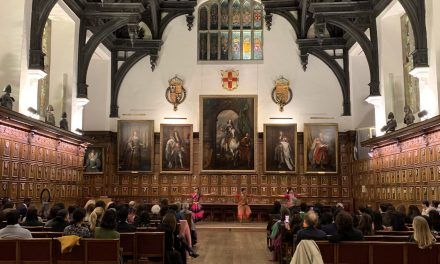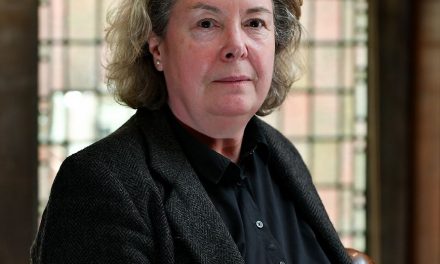The two Temple gardens form a welcome green area in our city and are enjoyed by members of the Inns and all who work there, but also by many tourists and visitors. Green spaces and gardens are often undervalued and taken for granted, but the pandemic has certainly seen a wider appreciation for outdoor spaces; they provide real and tangible benefits for many people, and this appreciation has gone hand in hand with an increased awareness of the wildlife and the importance of providing habitats. Since I started at Middle Temple over 13 years ago, the wildlife and the impact of any horticultural task on the environment have informed my decisions and planting choices. I have been fortunate that the Masters of the Garden over this time have been fully supportive of initiatives to encourage wildlife.
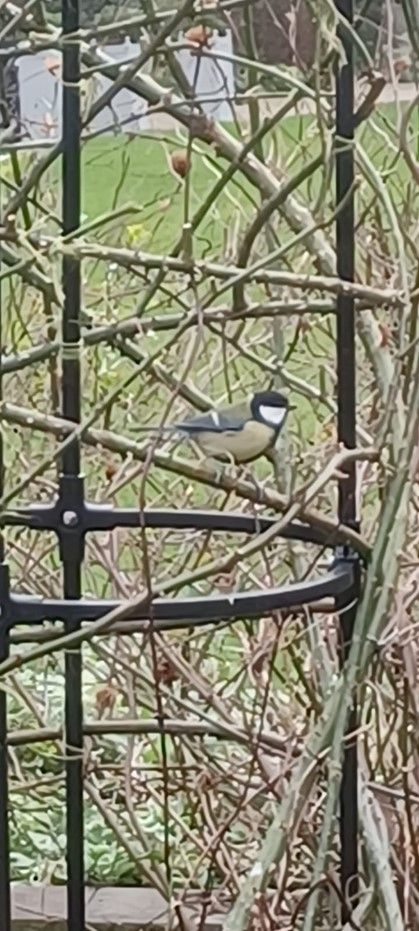
Certain features of our garden must, however, remain formal, such as the main lawn to host our many activities and functions, and the formal terrace beds which are ablaze with tulips in the spring and with old roses throughout the summer. The formal rose garden has been re-located to the end of the garden because honey fungus, for which there is no chemical treatment, is present in the top area of the garden. The red and white roses, commemorating the argument between the Yorkists and Lancastrians that tradition tells us led to the Wars of the Roses, have been replanted there.
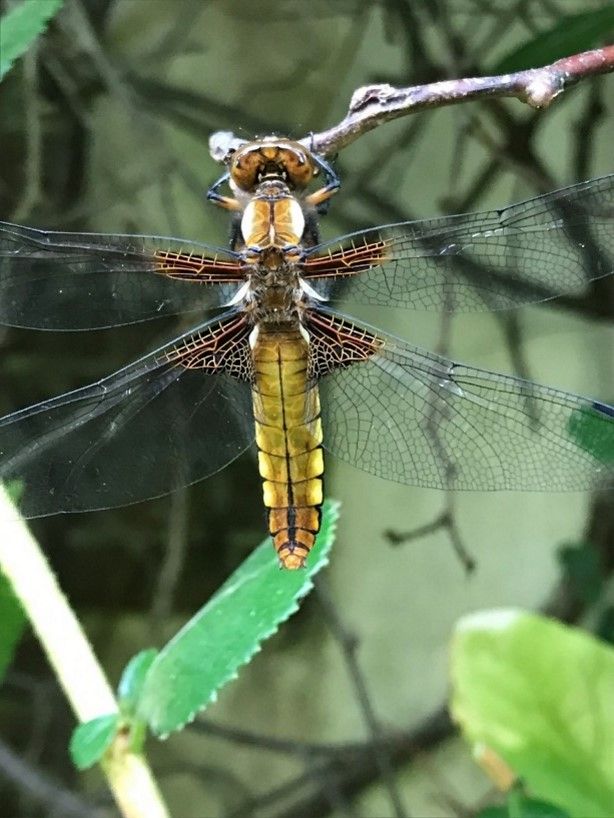
In a formal setting like Middle Temple, there is little opportunity for dedicated wildlife areas and wildflowers, but design and plant selection will have an impact on wildlife as well as horticultural practice. Aiming at a luxurious green lawn might, for example, be achieved with copious amounts of water, fertilisers and pesticides but at some cost to the environment. Only the main lawn is treated with pesticides and heavily irrigated as it is recognised that it is an important formal feature of the garden.
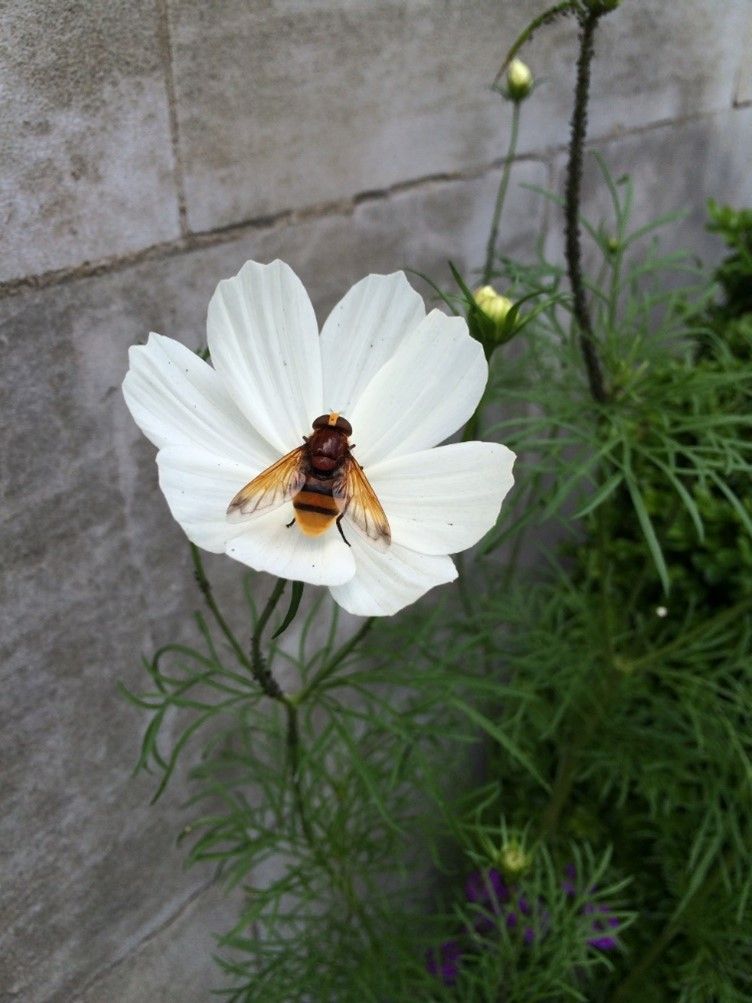
Elsewhere there is a policy of no pesticides on ornamentals (flowers, trees, and shrubs), so I have explored and adopted other options. To tackle mildew on some roses we spray them with milk; weeds are removed by hand or heat gun or deterred by mulching. Some plants have been removed altogether to avoid spraying. When box hedging, which formed the knots in the former rose garden, was devastated swiftly by box caterpillar, instead of trying again, it was replaced by Euonymous Jean Hugues which has a similar visual impact and requires less trimming. I have also resisted spraying for fuchsia gall mite, as the chemical options would kill all sorts of invertebrates. A cold winter with sub-zero temperatures would be the most effective treatment but, failing that, the only remedy available is to cut back affected shoots. After a few years, some plants had to be removed as they were notwithstanding such hard pruning every year. Good diversity of plants is always useful as well as choosing plants known to attract pollinating insects. This may mean choosing a species over a cultivar and as a result, there are not many double flowers to be found in this garden.
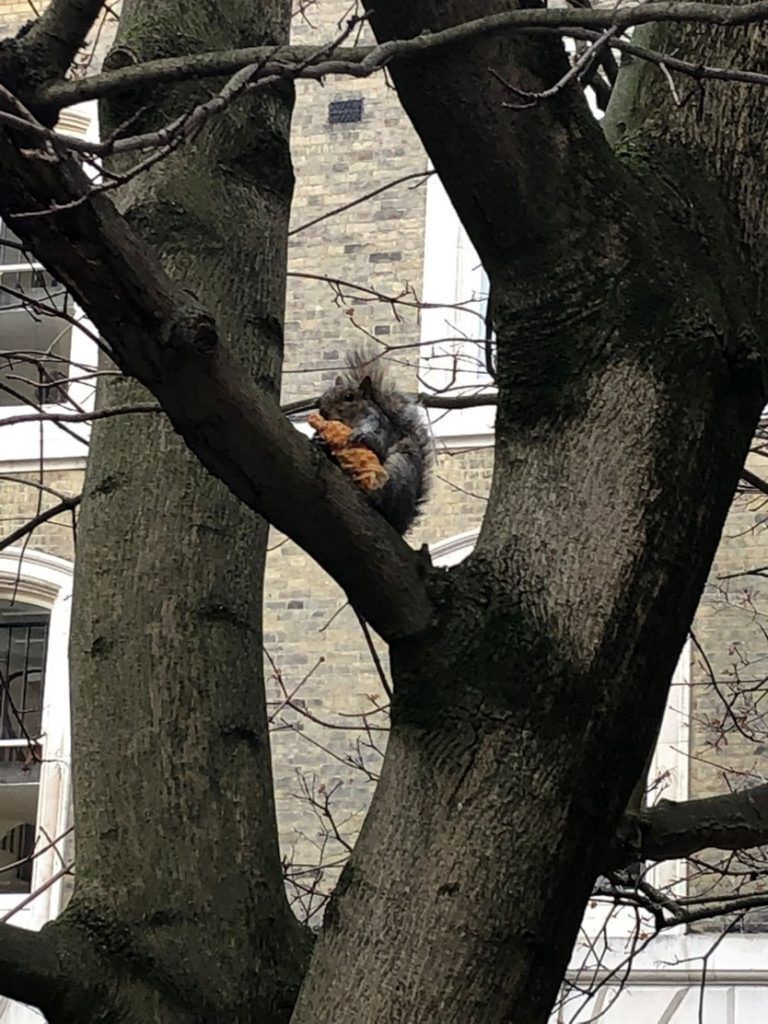
It was a lonely time in the garden during lockdown – any company was welcome! I started filling up a bird feeder. This continues to be visited often. Goldfinches, blue tits, robins, dunnocks and wrens are thriving. Migrating wagtails continue to stop by for a few weeks in early summer. As many of the birds use ledges and air bricks for nesting and with a variety of trees and shrubs, I have taken the view that there are plenty of nesting options. A family of mistle thrushes (which thrive next door at Inner) raised one brood last year. But none of the young fledged successfully and sadly, but perhaps sensibly, they have not returned this year. There appears to be a drop in blackbird numbers; hopefully now the building work at Blackstone Chambers has finished, they will return to greater numbers.
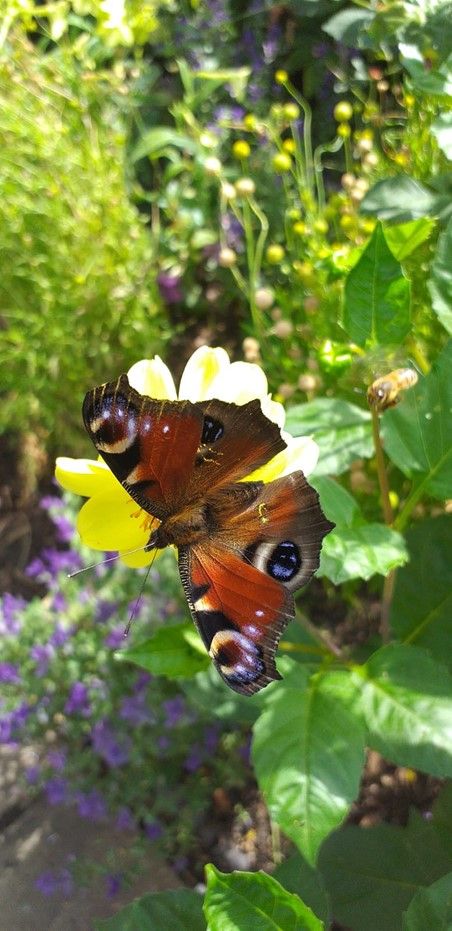
This summer, an insect audit by University of Reading scientists, commissioned by a group of the City of London’s livery companies, including the Worshipful Company of Gardeners, has been carried out. Its findings will inform how valuable the garden is to invertebrates and what habitats might be improved. Over the years, there have been bee nests in flower beds and in the retaining wall to the main terrace. The grass around the base of the plane trees in the Embankment lawn is not closely cut. This minimises the risk of mower blades damaging surface roots and for wildlife to take cover, and this year, ground nest bees have settled at the base of one of the plane trees.
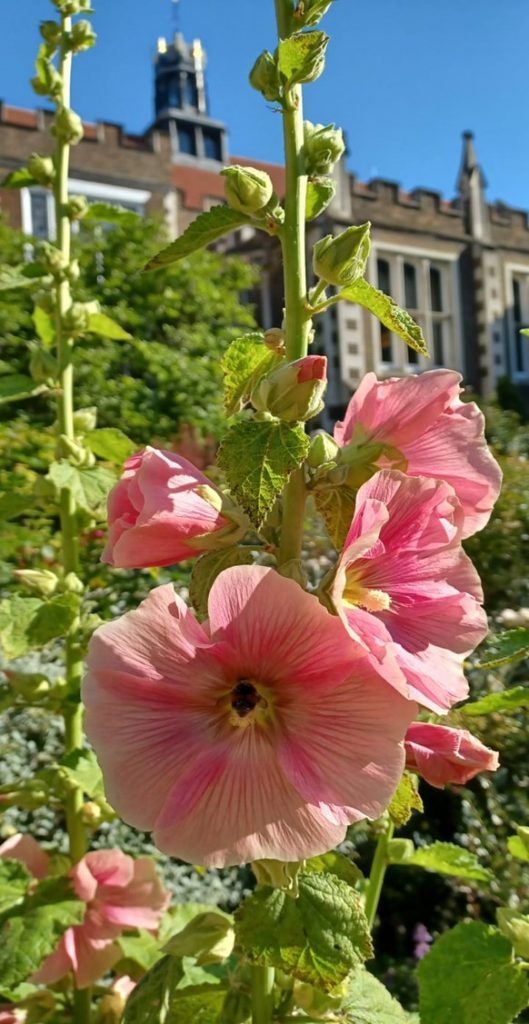
Before the building renovations at Blackstone Chambers, I had started mixing the small grassy triangle patch of ground nearby with flowering bulbs and was allowing the grass to grow long. However, the area was completely devastated by the building work, which presented the ideal opportunity to develop a wildflower area (wildflowers benefit with no competition from grass). Seeds germinated quickly in June of this year. At the time of writing its flowering impact is still to come. I hope that this scheme will prove a successful blend of the formal and informal in the gardens.
Credits to Andrew Durden for the Hollyhock, Red Admiral and great tit pictures on winter pruned rose and Alex Evans’ naughty squirrel with croissant. Others author’s own.

Master Carol Harlow is Emeritus Professor of Law at the London School of Economics. She was appointed Queen’s Counsel (honoris causa) in 1996 and a Bencher of the Middle Temple in 2009, where she is Master of the Garden, is an active Scholarship Interviewer and was Lent Reader 2019.
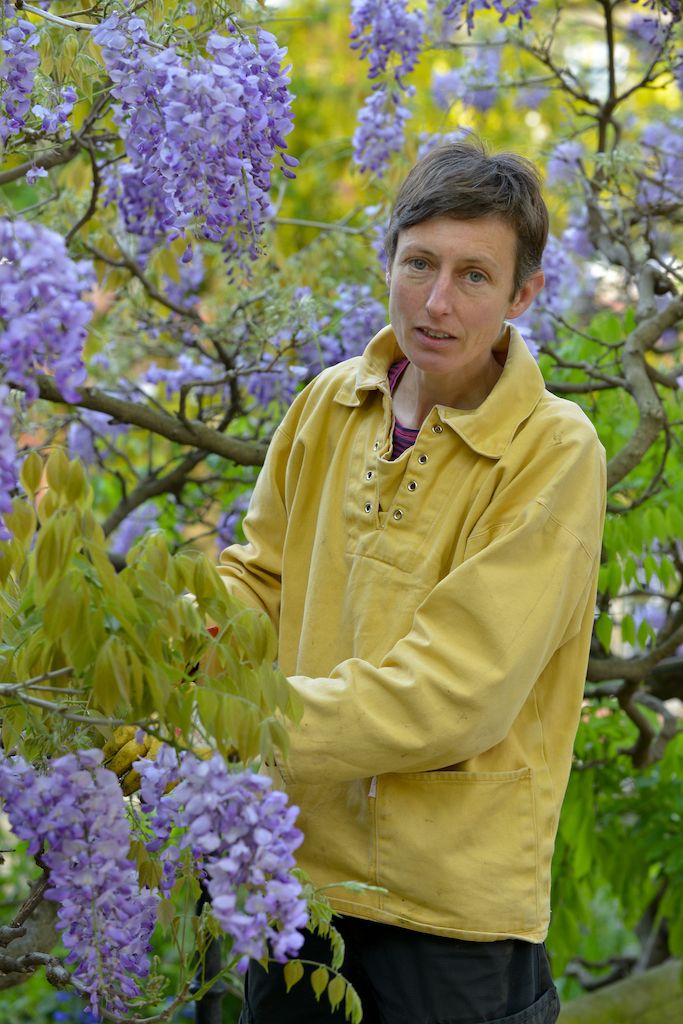
Kate Jenrick trained at the Royal Botanic Gardens, Kew. She has worked in a wide variety of settings from private gardens to public squares and parks. After Kew, she worked at Painshill Park and worked in East London for a social enterprise landscape and design company which encompassed some horticultural teaching in schools.

